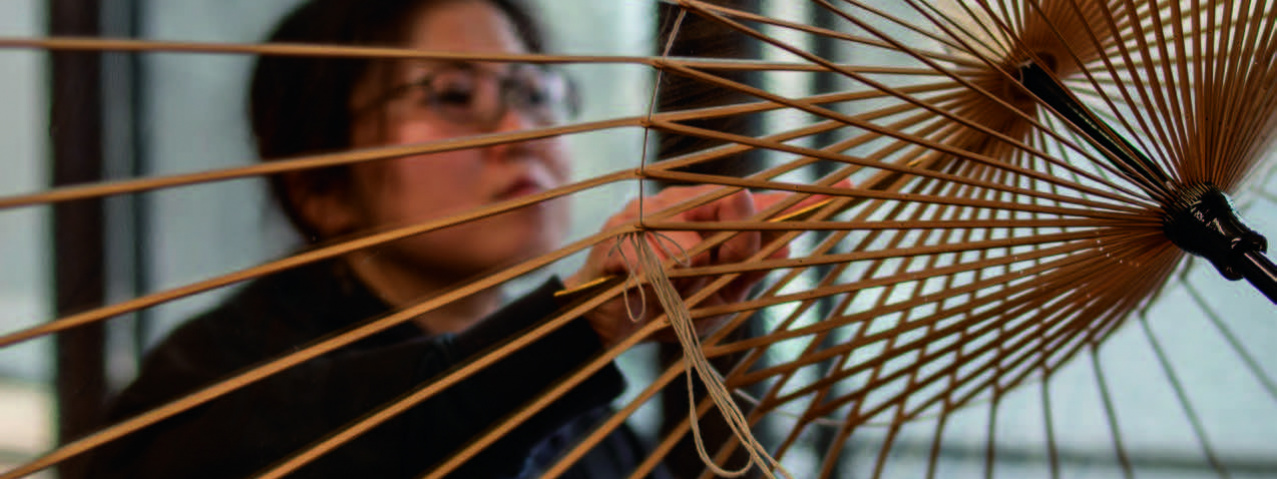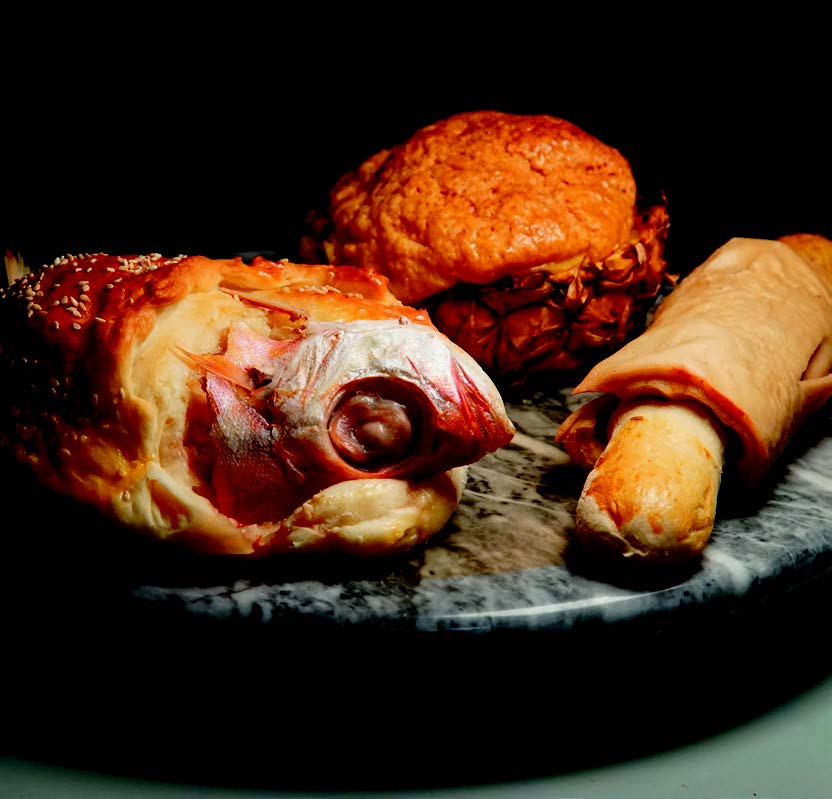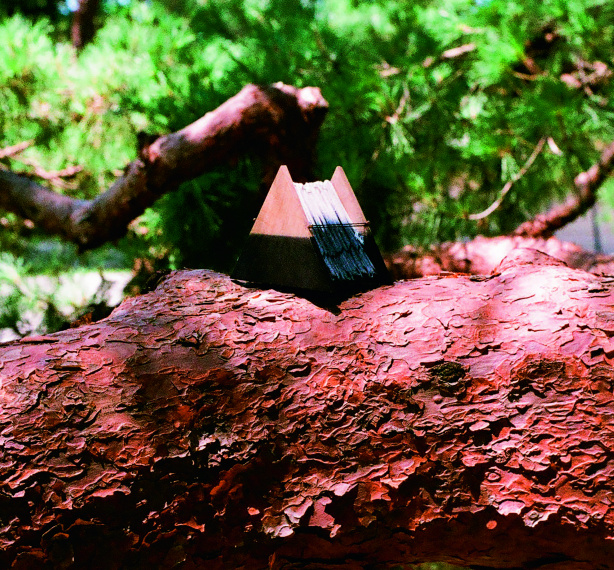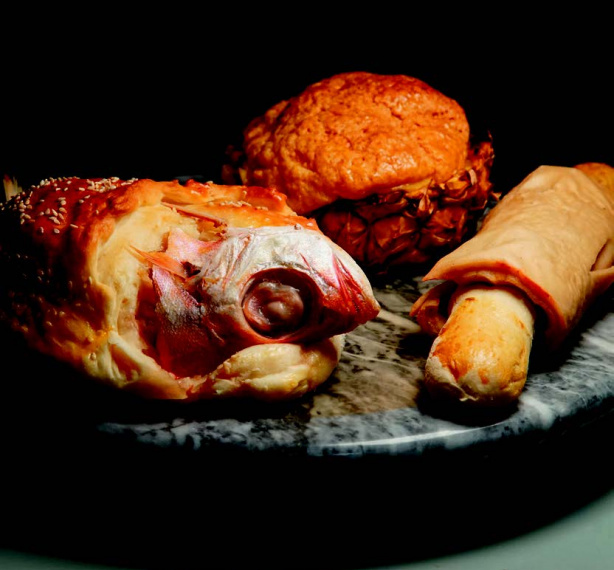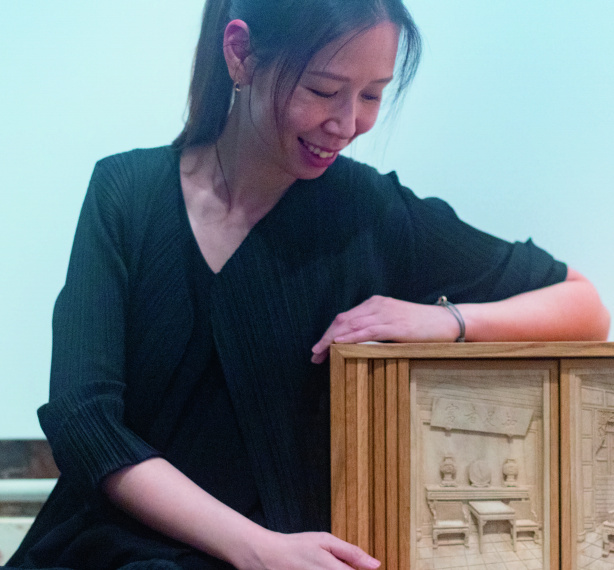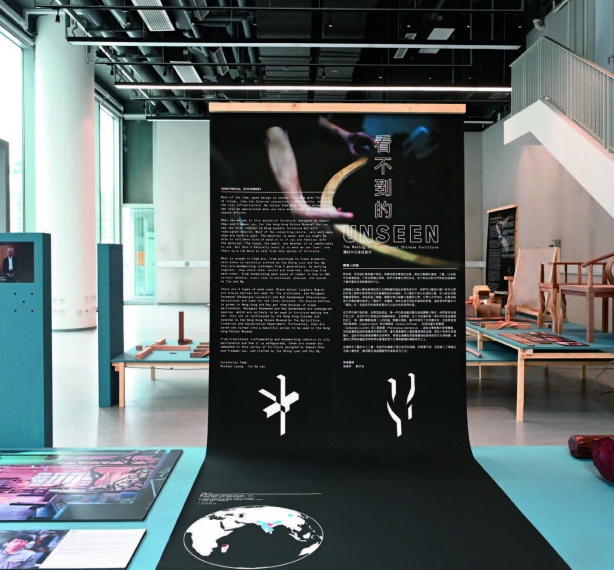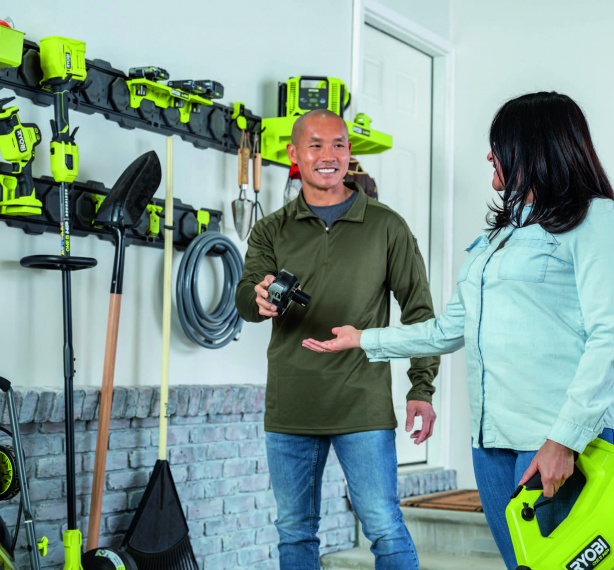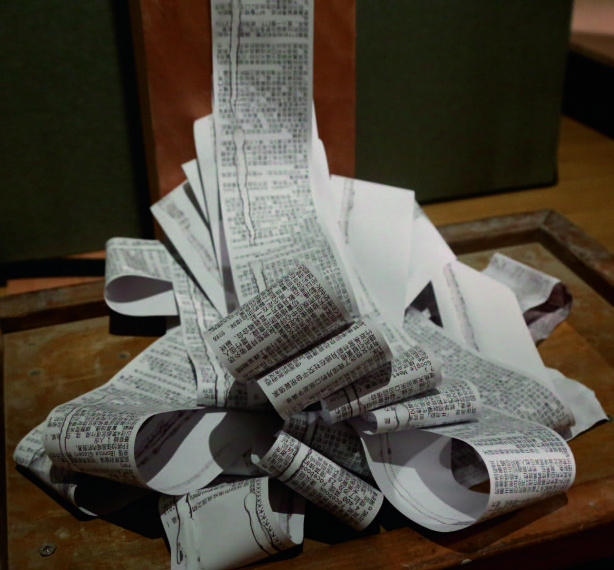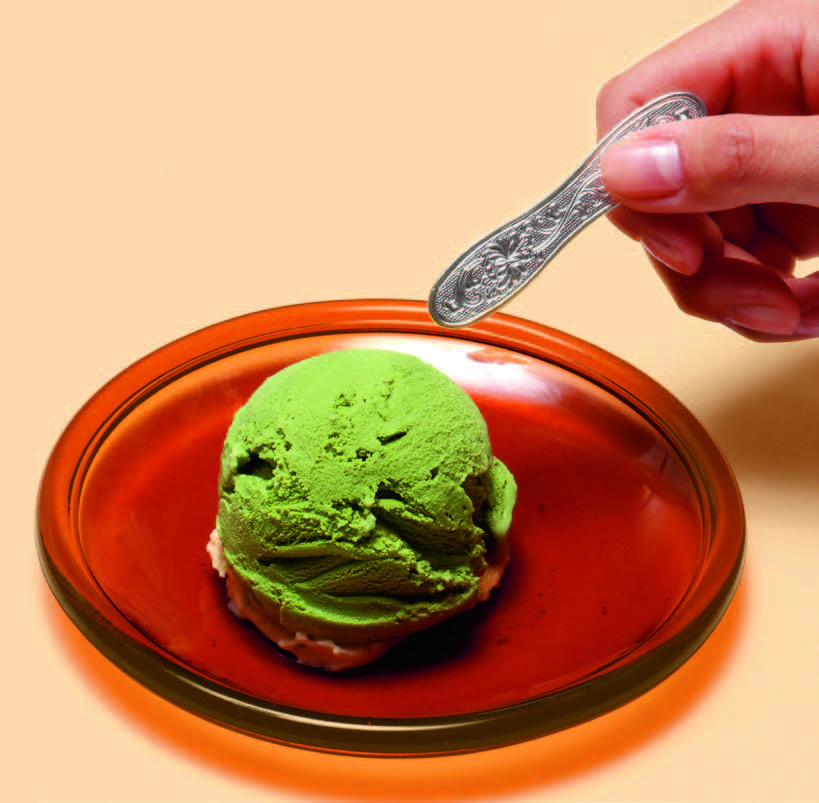
|
In retrospect, it is easy to connect the dots to explain how something of significance came into being. But when starting out on this journey, the motivations and decisions will often be just arbitrary or by chance. The "heritage business preservation eco-system" that is Whole Love Kyoto and Kyoto Traditional Culture Innovation.
"Old is New" is both catchphrase and core concept for WLK. Sakai explains, "If you are able to change the way you look at traditional products, traditional practices, and traditional ideas, it is possible to create new products while not losing the essence of the originals." Breathing new life into traditional handicrafts, and making them useful in a contemporary context is a consultative process, which requires borrowing the artisans' techniques and knowledge, and re-shaping things in a way that is attractive to a younger market. This process is best illustrated with the story HANAO SHOES' development.
Consultation and collaboration are the foundation
Originally the brainchild of budding designers, HANAO SHOES became a real product through a series of consultations with traditional Japanese shoe artisans, refining the design, materials, and manufacturing techniques for the strapping. For shoe production, they engaged Moon Star, a footwear company with a 150-year history of making rubber-soled shoes. The sales and marketing are done under the brand name Whole Love Kyoto, using modern concepts such as pop-up stores, social media marketing, online shopping, and collaborations with major fashion brands such as Beams Japan. Applying modern marketing to a re-designed product is a relatively straightforward recipe for success, but the implications of their work goes deeper.
Talking to Kyoto's artisans yielded Sakai, and the core young designers that became WLK, more than insight into their techniques. They came to understand the reality of the challenges facing the arts and crafts industry. While Kyoto is home to over 600 businesses that have existed for more than a hundred years, and many of them for much longer, heritage businesses face seemingly insurmountable problems. These include declining sales, which is part of not having products geared to today's society, and not having the ability to expand into larger markets to sell the products they make. On top of this, even if they have viable businesses, they often have successor problems with no one able to inherit their legacy.
Sakai had always focused on western fashion, paying little attention to the traditional design and craftsmanship surrounding him. The potential of HANAO SHOES was a revelation for Sakai, and the pathway forward for heritage businesses became clear. "To continue sustainably is the most important thing, it means there has to be a way to make a profit from their activities, not just for WLK, but to sustain the artisans and to have their works better known." His solution was to record and disseminate the city's important cultural legacy in traditional arts and handicrafts by creating the Kyoto Innovation Research Center for Traditional Culture (abbreviated to KYOTO T5) as a heritage research organisation based at the Kyoto University of Arts.
Archiving precious knowledge opens new doors
Started with just three people in 2018, KYOTO T5 has grown rapidly. Now, the organisation has approximately 30 students and affiliated researchers that go into the Kyoto community recording the works and life stories of the cities' artisans and heritage businesses. The interviews are published online and serve as an archive of arts and crafts heritage alive in Kyoto today. Although, the goal of communicating heritage has a dual purpose, as the research process also creates an extensive network of artisan relationships that can be drawn upon by WLK to realise new designs based on a deeper understanding of their crafts.
With both KYOTO T5 and WLK operating in tandem and being local, it is possible to establish long-term relationships with the artisans for follow-up research and consultation. It allows them to discover new and interesting aspects of an artisan's work that would not be clear in a single meeting. It also enables them to freely propose ideas and do follow-ups, bring the artisans prototypes, and get feedback on the product's development. There is also great diversity within the creative pool in KYOTO T5, where the ages and interests of the researchers are varied, complementing the diversity and richness found within the heritage businesses.
It is this rich pool of perspectives and creativity that gives shape to the designs and possibilities of WLK products. Over a four-year period, the collaboration has generated dozens of products of artisanal quality that have compelling backstories. All WLK products are made using local and Japanese inputs. Sometimes the artisans will make the entire product and WLK will do the packaging and sales; other times, the artisan will contribute to only specific aspects of development when creating a new WLK product.
For Sakai, it is critical to make heritage industries as sustainable as possible. "Japan's market has little capacity to formally support artisan industries, and there was no organisation working to help them continue into the future. Therefore, it is necessary for organisations like KYOTO T5 and WLK to act as middleman to facilitate artisans to create new markets and generate new income. Having young people and people with an understanding of contemporary fashion trends and sense can also help artisans create, package and sell a product."
Looking beyond Kyoto for markets and ideas
Sakai thinks it is vital to expand into the international market for heritage industries to survive. This prompted him to pursue cooperation with design institutions in Europe, to develop new sales channels, and to further challenge traditional artisan practices with fresh perspectives from abroad. Apart from holding seminars and exhibitions abroad, KYOTO T5 also offers placements to international students, pairing them with Japanese counterparts to do fieldwork with artisans. Noting the influx of fresh perspectives, Sakai considers the move a success, "The overseas students are very engaged and more enthusiastic about the opportunity to work with masters in Kyoto than most of the Japanese students."
Directly exposing the public to Kyoto's handicraft masters is a core WLK activity. Before COVID, they regularly held workshops with artisans, offering a privileged insight for participants, while generating income for the heritage businesses. During COVID, this ground to a halt. Responding to calls from artisans struggling to sell their wares and bereft of customer interaction, they started online workshops. However, WLK went a step beyond passive viewing by sending workshop kits to Japanese-speaking participants worldwide, allowing them to follow the artisan's instructions online to make things such as miniature lamps (Chochin), or decorative packaging.
In recent years, KYOTO T5 has gained significant attention, and they are now getting inquiries from companies and cultural organisations, and are frequently requested to research on particular artisans and handicraft techniques or facilitate introductions to heritage businesses. Also, when they have an idea for a product that would benefit from collaboration with a larger company, they now have the credibility and track record with KYOTO T5 to actively make proposals for collaborations. In turn, WLK has also looked beyond just Kyoto, for example, doing a themed variation of HANAO SHOES based on characteristics of each of Japan's 47 prefectures. Sakai believes, "Japan has a lot of potential to preserve and draw upon the cultural treasures and skills of the nation, but this needs to be done in cooperation with industry as the scale is quite large."
Valuable lessons applicable anywhere
What Sakai and his colleagues have done is to create a "heritage business preservation eco-system." It has all levels of engagement, from contacting and researching artisanal businesses, to making them co-developers and designers for new products that are updated and adapted to changing market conditions, while also taking care of the production, marketing and sales of the products. They are doing it with the aim of providing a sustainable and long-standing business environment for artisans that may otherwise not have sustainable futures.
When asked about the importance of heritage preservation, Sakai responds, "It doesn't matter where you are, and it doesn't have to be about preserving culture, it is just as much about preserving the essence of the country or the region, it is important to preserve the objects and products that contribute to this. If you don't preserve it you will lose the flavour of a city, region, or even country. In that sense, our activities can serve as one model for how to go about preserving the elements that are important to retain the character of a place." |
